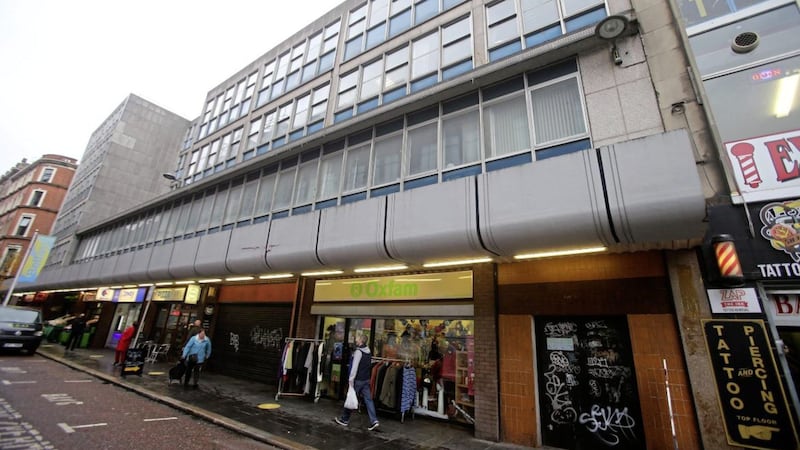WITH each new calendar year comes a fresh perspective on the world around us. Where are we now, how did we get here and what does the next twelve months hold.
Looking back on 2022 and much has been written about the challenges and the change thrust upon businesses and consumers, when global pressures were felt locally here on our doorsteps.
And while we know there are challenges ahead, the mood music going into 2023 is becoming a little more positive with some cautious optimism starting to ebb. A festive period free from restrictions after three years when Christmas celebrations were curtailed by Covid, was certainly a help.
As for the pressures that will be among the defining trends of 2023, rate of inflation, remains front and centre as it continues to squeeze the gap between the cost of living and take-home income.
With interest rates at a 14 year high, with more hikes likely to come we will take some more pain before the antidote starts to kick in. There is however evidence to suggest we are approaching the brow of the hill, at least in terms of rising prices.
For instance, the Bank of England’s Andrew Bailey ended 2022 talking about the ‘first glimmers’ of hope in relation to falling inflation, while Prime Minister Rishi Sunak went so far as to pledge to half inflation before the year is out.
Crucial to this is the lag effect between a base rate change and its bearing on the economy. That it typically takes around 12 months for any increase to impact inflation is a reminder that recent rises have not yet had a chance to effectively cool rising prices. Twelve months ago the base rate was just 0.25 per cent, eventually reaching the lofty figure of 3.5 per cent in December after eight separate increases.
The forces to wrangle inflation under control are already in play, and the hope is that prices stabilising will have a positive knock-on effect on consumer confidence. Less hunkering down, more spending power and with it a welcome boost for our bustling high streets.
Coming off the Christmas rush, analysis by NI’s Retail Consortium found foot traffic in Belfast during the month of December was up significantly on pre-pandemic levels – 9.3 per cent to be exact over 2019, placing Northern Ireland ’s high streets and shopping centres comfortably ahead of all other UK regions.
Consumer confidence on the whole may be blunted, and footfall does not necessarily guarantee tangible sales, but the results are certainly upbeat. Cautiously optimistic, if you will. This too at a time when online shopping habits have endured, prompting brands to offer a blend of physical and digital experiences to meet consumer demand.
Using the retail space as an example, hybrid shopping has given rise to an immersive customer experience. Because not only are consumers now conscious of sustainability and carbon footprints, but they are also expecting a more experiential service from brands and their products. The days of a purely transactional relationship have long since passed, and thanks to continued digital innovations, we are now seeing virtual and augmented realities enhance the buyer journey.
Immersion and interactivity are the twin chariots pulling us toward an age of the metaverse. Dubbed the ‘next level’ of the internet, this immersive technology projects 3D environments in which curious consumers can browse shops and interact with brands like never before. It’s a trend which has already piqued the attention of major industry players such as Hugo Boss which last year introduced its first virtual reality dressing room.
Ongoing tech transformation is the common throughline connecting most of the expected digital trends set to take hold over the next 12 months, heralding disruptive solutions for hybrid working, business decision-making, and the automation of manual and routine workloads.
Crucially, the barriers to accessing AI and other transformative tech continue to fall, with futurist Bernard Marr expecting 2023 to be the year in which digital innovation opens up ‘more effective sales and marketing, better customer service, and more efficient supply chains’ to businesses big and small.
All told, on closer inspection, the forward look for 2023 is perhaps not as gloomy as first thought. Perhaps it’s the business headwinds of Covid that we’ve managed to sweep aside or perhaps it’s the sense of a resilient economy with money flowing through it, whatever the catalyst for the subtle confidence shift let’s collectively seek to build on it for a more prosperous 2023. Hope is out there, even if it is just a glimmer.
Wishing everyone the very best for the year ahead.
:: Claire Aiken is managing director of public relations and public affairs company Aiken








